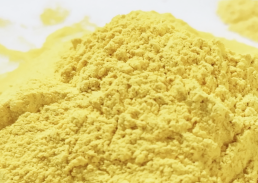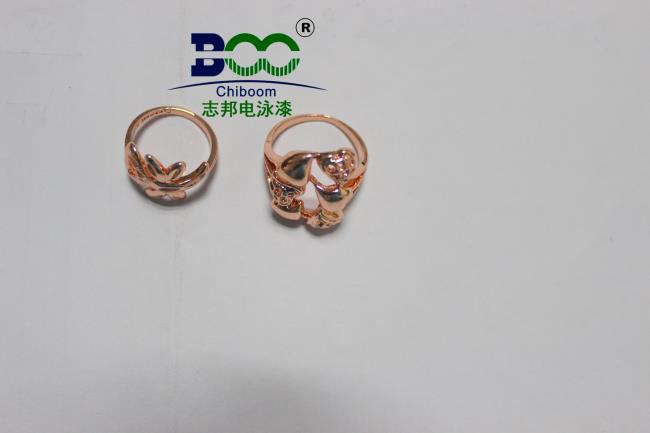A Comprehensive Guide to Cleaning Electrophoretic Paint Resin: From Industrial Applications to Daily Maintenance
In automotive manufacturing workshops, car bodies acquire an even luster after electrophoretic coating. On home appliance production lines, electrophoretic paint provides a robust protective layer for products. In precision instrument processing, it safeguards key components with its excellent adhesion and anti-corrosion properties. Electrophoretic paint resin has become an indispensable coating material in numerous industrial fields thanks to these advantages. However, when workpieces need reworking, equipment requires maintenance, or clothes are accidentally stained with electrophoretic paint resin, how to clean it efficiently and safely becomes an urgent issue. Today, let's thoroughly explore the cleaning methods for electrophoretic paint resin, covering both industrial and daily life scenarios.

In industrial settings, for uncured cathodic electrophoretic wet films, the organic solvent immersion method is an effective cleaning approach. Ketone solvents such as acetone, alcohol solvents like ethanol, and acetic acid solvents can dissolve components in the resin like alkyd resins and epoxy resins, causing the coating film to naturally peel off. Take an automotive parts factory as an example. They use acetone solution to immerse workpieces that need reworking, and the paint film can be successfully stripped within 12 hours. However, this method has high requirements for the operating environment. Good ventilation must be ensured because solvent volatilization may pose safety hazards, and operators need to be particularly vigilant.
For cured electrophoretic paint resins, the alkaline regeneration technique plays a crucial role. Mix a 4% concentration sodium hydroxide solution with the resin in a 4:1 ratio and use a combination of slow and fast washing to allow the solution to fully penetrate the resin bed. A coating equipment enterprise applied this technology and successfully restored cathodic electrophoretic paint resin that had been used for 20 cycles to over 85% of its initial performance. However, during the regeneration process, it is essential to strictly monitor the temperature and stirring speed, as any deviation in these parameters may affect the regeneration effect.
In addition, dedicated cleaning agents are also highly favored in industrial cleaning. For instance, the Spanish-imported DD486 industrial resin cleaning agent adopts an eco-friendly formula. It can quickly dissolve ink, adhesives, and resin residues, is free of organosilicon, easily soluble in water, and has strong dilution capabilities. It is suitable for various scenarios such as cleaning paint residues in spray booths and plastic molds. A home appliance enterprise using this cleaning agent saw a 40% increase in mold cleaning efficiency while also reducing environmental pollution.
In daily life scenarios, if electrophoretic paint accidentally stains clothes, we can first gently wipe it with acetone or turpentine oil, then soak the clothes in a 3% saline solution for 10 minutes, and finally rinse them with clean water. For cured paint stains, we can first soften them with a hot towel and then repeatedly wipe them with a cotton swab dipped in a small amount of alcohol. However, it is important to thoroughly wash the clothes after the operation to prevent residual solvents from irritating the skin.
If the car's paint surface is stained with resin, giving priority to professional resin cleaning agents is a wise choice. Real-world test data from an auto beauty shop shows that the resin removal rate can reach over 95% when using a dedicated cleaning agent, and the damage to the car paint is minimal. If there is no professional cleaning agent on hand, we can also soften the resin with a towel soaked in warm water and then gently wipe it with toothpaste or car wash clay. However, it is crucial to avoid using strong volatile solvents like gasoline to prevent damage to the car paint.
During the cleaning process of electrophoretic paint resin, there are some precautions and safety regulations to keep in mind. When handling organic solvents, it is necessary to wear protective gloves, goggles, and a gas mask to prevent skin contact or inhalation of volatile gases. Cleaning operations should be carried out in well-ventilated areas, away from fire sources and static electricity sources. The used solvents after cleaning are hazardous waste and should be stored according to regulations. They cannot be directly discharged to pollute the environment. In addition, for new cleaning agents or methods, it is recommended to conduct a small-scale test in an inconspicuous area first to confirm that there are no adverse reactions before full-scale application.
Whether it is professional equipment on industrial production lines or cars and clothes in daily life, the cleaning of electrophoretic paint resin requires choosing appropriate methods according to specific scenarios. While pursuing cleaning efficiency, safety should always come first. Mastering scientific cleaning methods can not only extend the service life of equipment, improve product quality, but also make our lives more convenient and worry-free.




 WeChat
WeChat